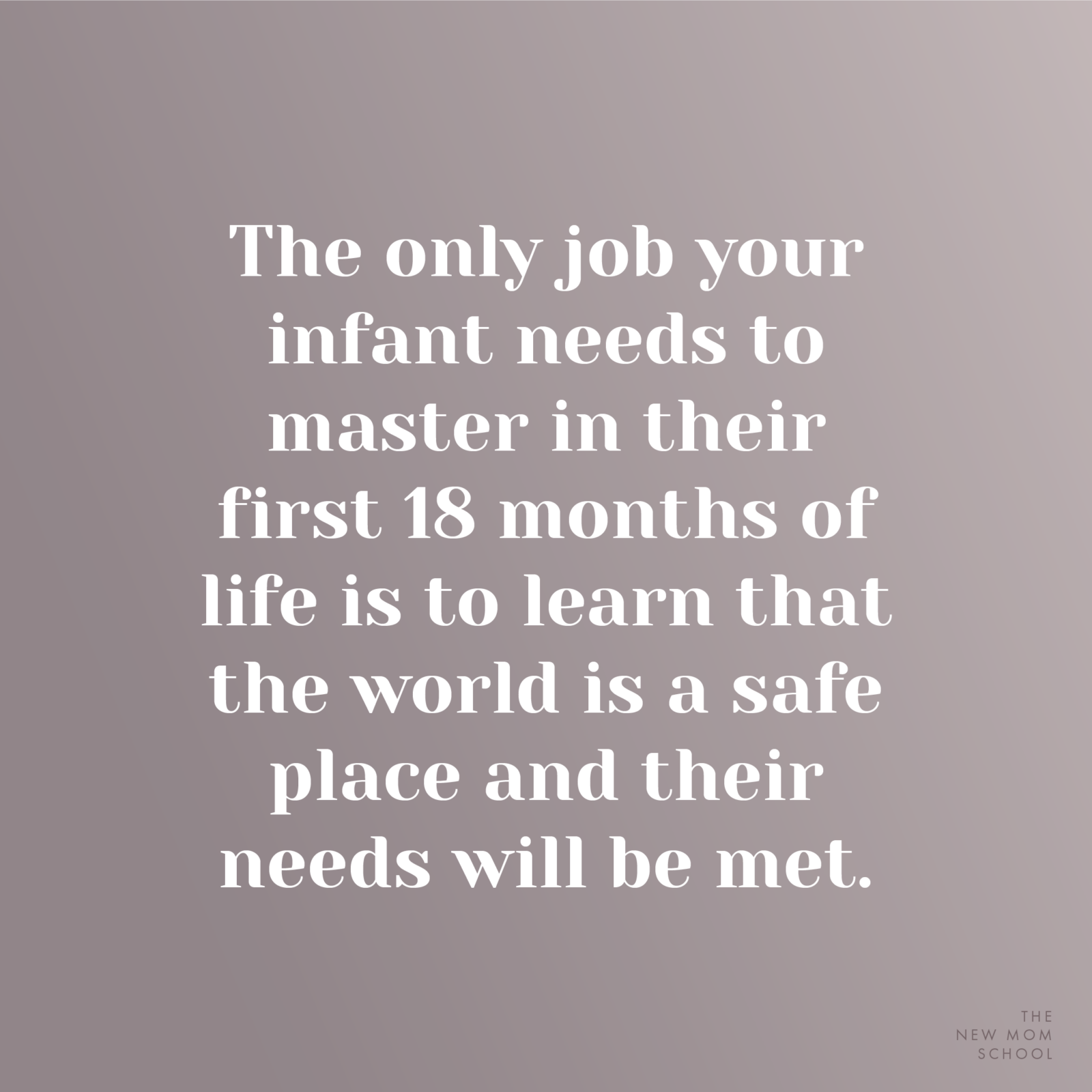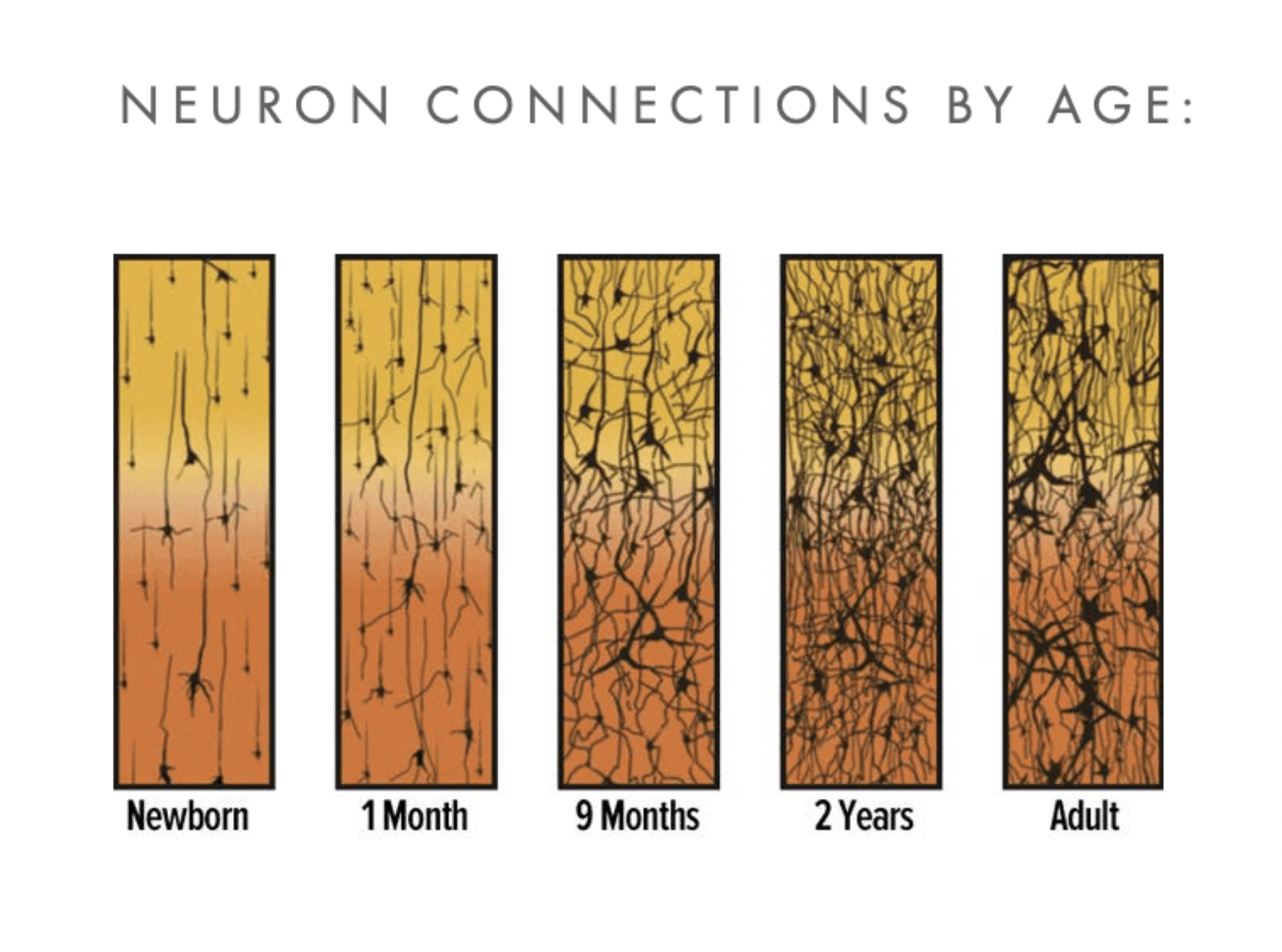Understanding attachment theory — What you need to know
You’ve probably heard the phrase “Attachment Theory” before, but maybe never quite known what it was all about, what you needed to understand on the topic, or when it was relevant, so let’s unpack it together.
In brief, the main idea of Attachment Theory is that caregivers being responsive to an infant’s needs allows the child to develop a sense of security in the world. This emotional and behavioral interaction that develops over time becomes the basis of social, emotional, and cognitive development for your baby.
These early experiences of attachment and feeling safe go on to shape children’s future relationship patterns, including their ability to eventually trust others.
Here are just some of the areas that strong attachment in our children’s early years will go on to impact them in the future:
+ Their self-esteem, personality, intelligence, academic performance.
+ The ability to manage stress, regulate their emotions, behavior and attention.
+ Allowing them to feel safe to be curious and explore independently.
+ Empathy, competence, happiness, hope.
+ Social skills, quality of their relationships in the future.
Did you know between conception and age three, a child’s brain undergoes an impressive amount of change?
At birth, it already has about all of the neurons it will ever have. It doubles in size in the first year, and by age three it has reached 80 percent of its adult volume!
As you see here, emotional and behavioral experiences, along with behavior and relationship patterns, get coded to the brain during those first years of life.
It can sound a little overwhelming to talk about the interactions we have with our children at this early stage impacting them so strongly in the future, but rest assured you are probably already doing all the right things!
Here’s 10 ways you can build a strong attachment with your baby:
- Talk, play, and interact with your baby.
- Provide a high level of responsiveness to their needs. Soothe your baby when they are crying. Feed when they are hungry. Change diapers when they are dirty.
- Be calm and confident when interacting with your baby; they will sense your mood. Avoid being overly anxious or unresponsive. Be physically available in times of distress.
- Engage in lots of touch and physical contact, like massage.
- Talk through situations when you are unsure of what your baby needs.
- Feeding time can be bonding time.
- Have daily one-on-one time with your baby with just mom and just dad, as best you can. For 10 – 30 minutes, play, talk, and bond with your baby. Remember: Ideal is not always real. If you cannot have uninterrupted time every single day, do the best you can.
- Establish a rhythm to your day. This isn’t by the clock, it is just a flow to your day.
- Establish a nap and night-time routine early on (no later than 6 months old) — but it is never too late! Babies respond best when they know what comes next in their routine before they understand our spoken language.
- Eliminate screen time and direct interaction with technological devices until age two. The occasional Facetime with family and friends who aren’t nearby is okay!




